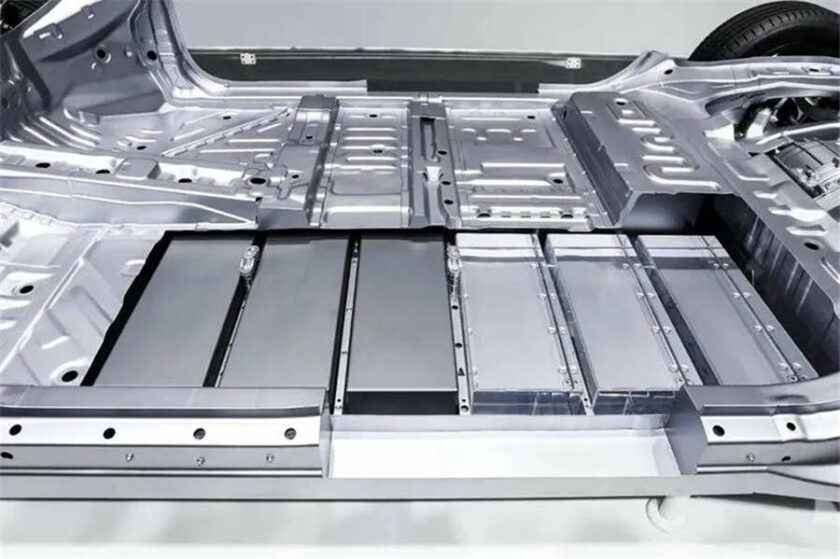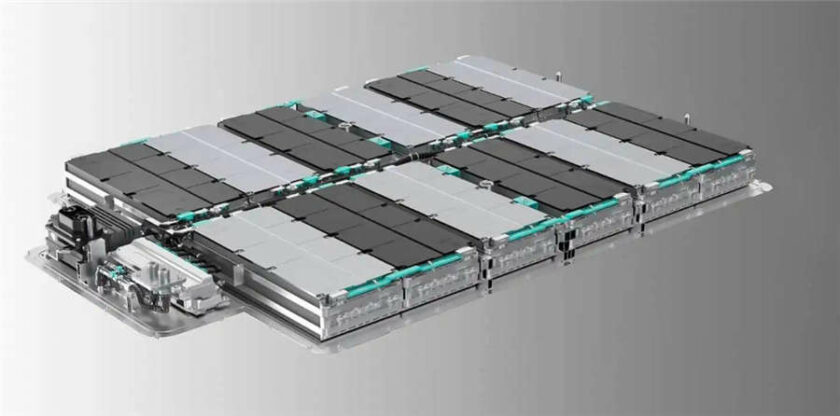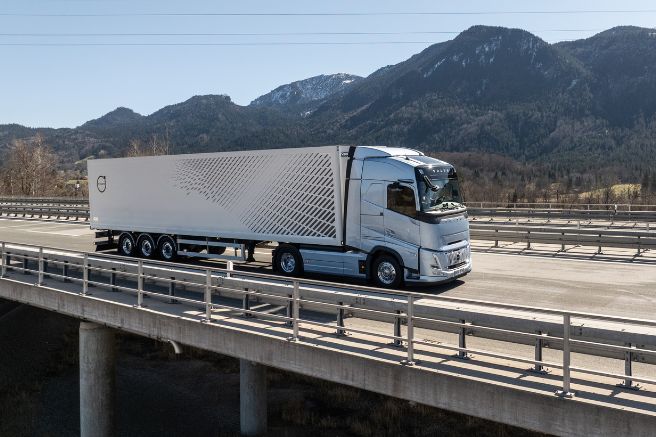Battery packs powering current electric vehicles have rapidly evolved over time, transitioning from “Ctm” (Cell to Module) configurations to “Ctp” (Cell to Pack) and “Ctb” (Cell to Body). The next step is the “Ctc” (Cell to Chassis) configurations. While battery manufacturers work to create groups with increasingly higher performance, car manufacturers are also looking in the same direction, seeking to directly integrate batteries into the chassis of their vehicles. It should be noted that a battery pack normally consists of multiple cells integrated into a single module.
By combining multiple modules, the so-called “pack” is obtained, a compact block that usually also integrates a cooling circuit. This solution allows for modulating the capacity of each “pack” by varying only the number of blocks contained in it, thus favoring their scalability and economies of scale in production. However, it does not optimize mass and volume, which is why manufacturers have shifted their focus towards “Ctp” type packs. In this case, cells are directly integrated into the pack, not grouped into modules, leading to better volume utilization and reduced connections. However, the final “pack” remains a component of the vehicle, a characteristic that is lost when the onboard accumulator is of the “Ctb” type, as proposed by the Chinese manufacturer Byd. From a structural design perspective, the “Ctb” technology combines the body floor panel and the upper shell of the battery pack into a single element, which also serves as a sealing surface for the battery’s top cover. Front and rear sealing elements are then added to this group. The passenger cabin remains isolated from the batteries, and scalability of the accumulator in terms of capacity and the possibility of achieving economies of scale are also ensured. However, during the vehicle and battery pack design phases, this structure must be taken into account as it integrates into the vehicle body without participating in its structural resistance. Also aiming to meet this possibility is the “Ctc” type pack, which integrates batteries directly into the vehicle’s chassis, turning it into a true “pack” capable of accommodating cells while minimizing electrical connections and eliminating the need for auxiliary structures. Examples of this approach are the accumulators equipped in Tesla’s “Model Y” and the new Xiaomi “Su/” presented in the following pages.
Watch out for declared ranges
The arrival of Chinese electric car manufacturers in the European market initially raised questions about the veracity of the claimed ranges for their vehicles. It should be noted that all manufacturers, as always, tend to be optimistic about the energy consumption of their respective cars. However, none of them lie in the strict sense of the term, as all base their statements on specific test cycles. In Europe, the “Wltp” cycle (Worldwide Harmonized Light Vehicles Test Procedure) is used, while in China, it’s the “Cltc” cycle (China Light Duty Vehicle Test Cycle). The former simulates a route of approximately 23 kilometers, including urban and extra-urban sections, while the latter simulates a route of about 14 kilometers entirely urban, with frequent accelerations and braking. As a result, the same car subjected to both tests yields very different results in terms of range. The Chinese cycle is indeed more favorable to distances due to the presence of a greater number of slowdowns, resulting in continuous battery recharges. Therefore, no one is lying, but anyone considering purchasing an electric car should inform themselves about the testing methodologies underlying the declared ranges.
Title: Evolution of battery packs towards CTC
Traslation with ChatGPT





